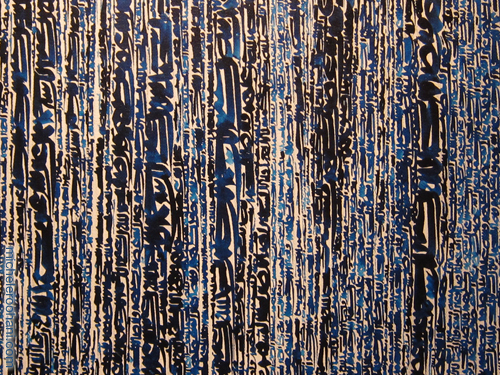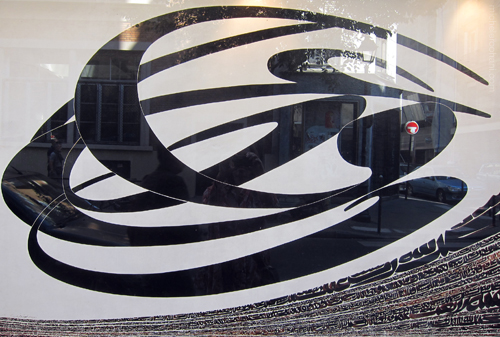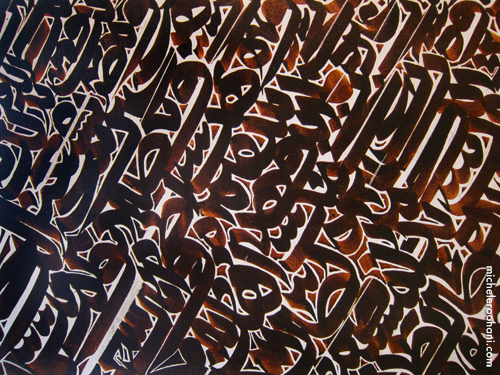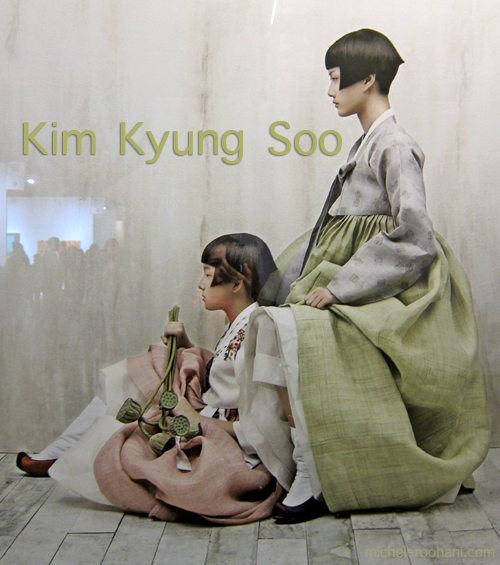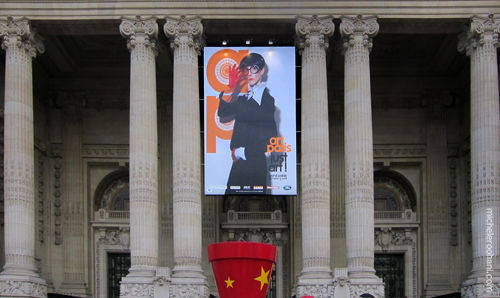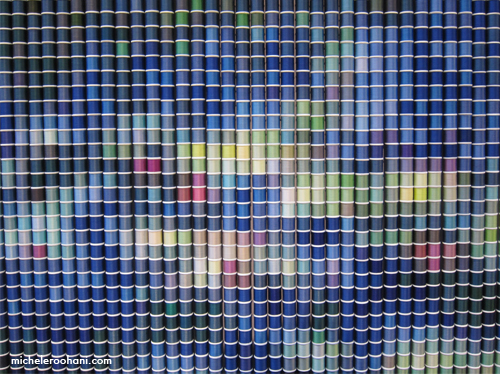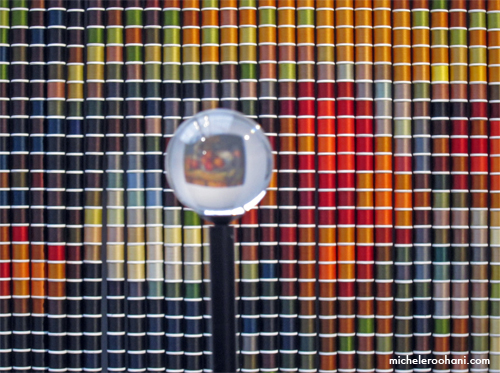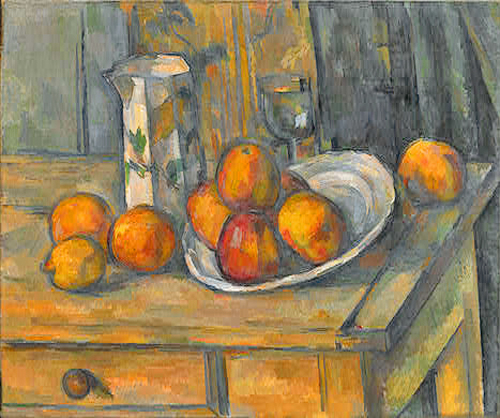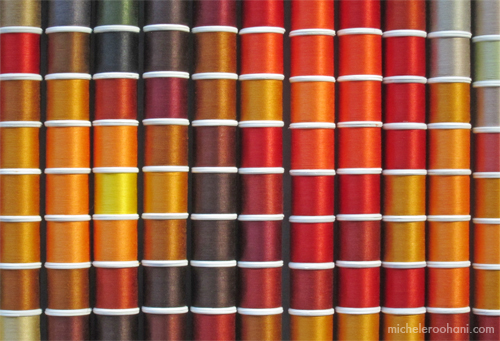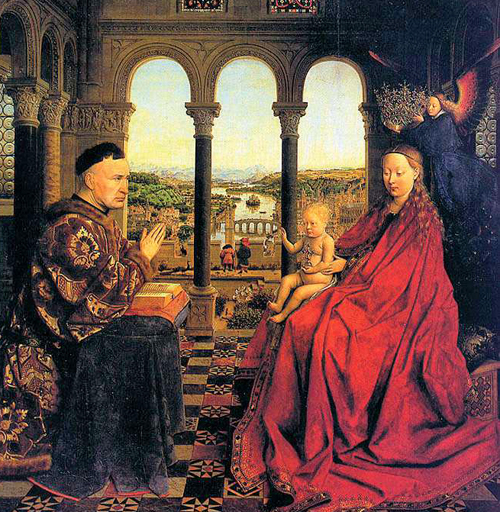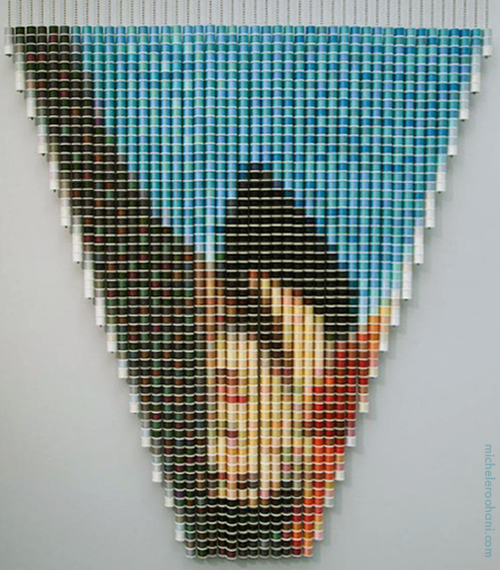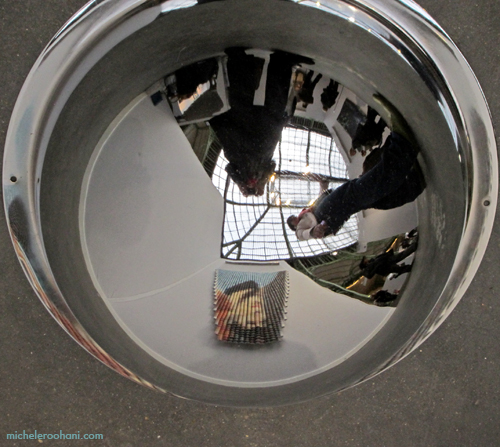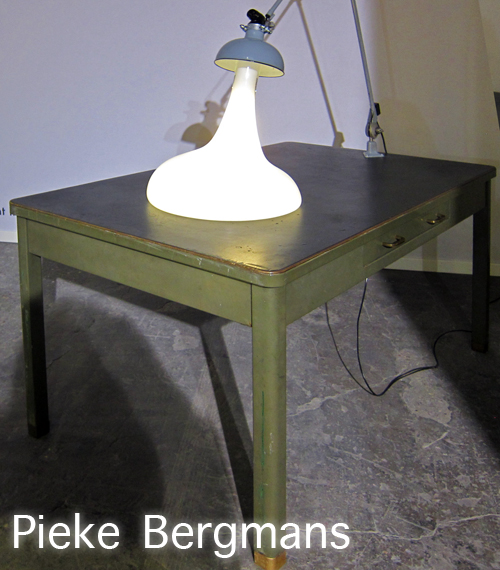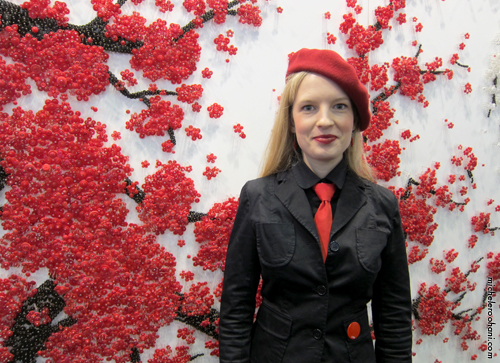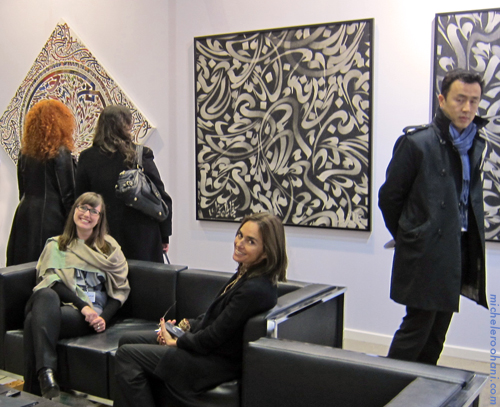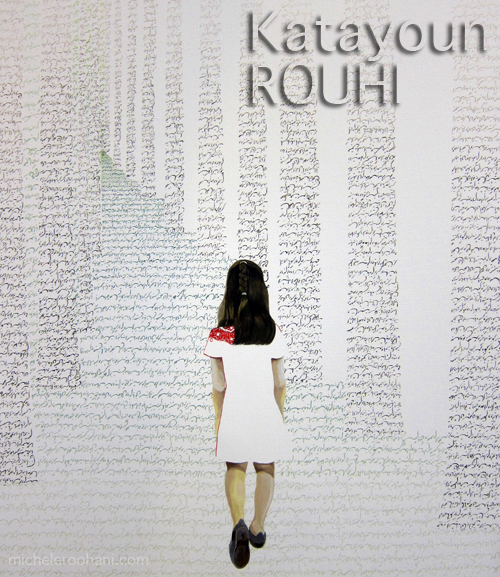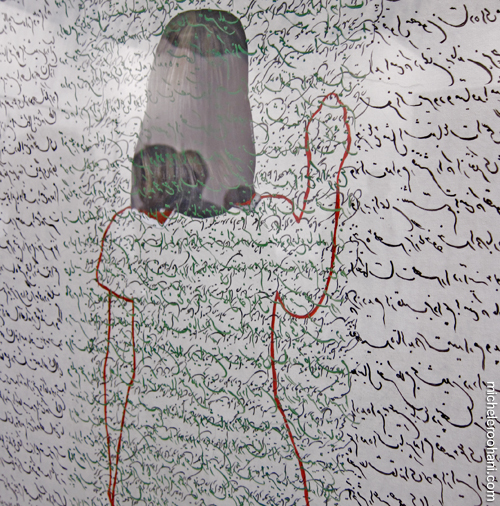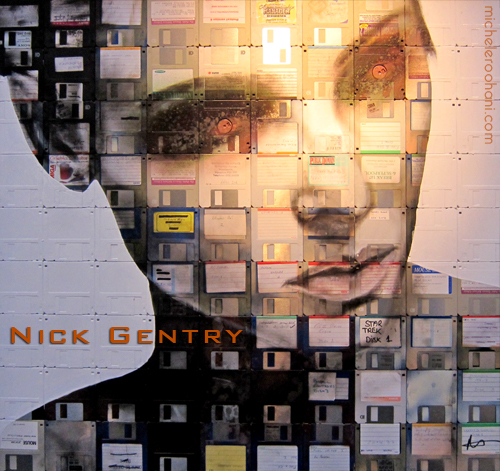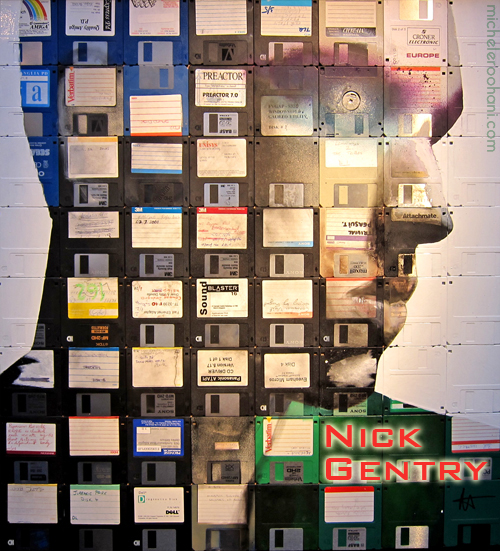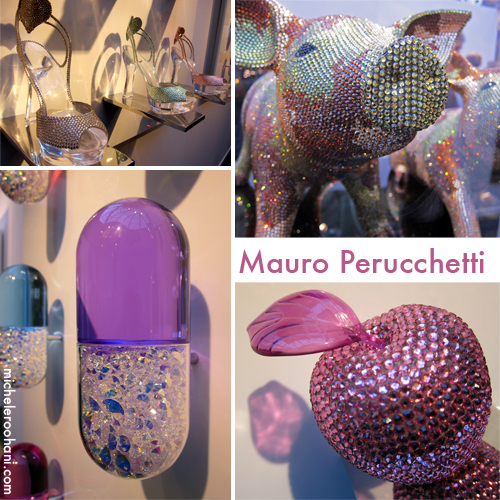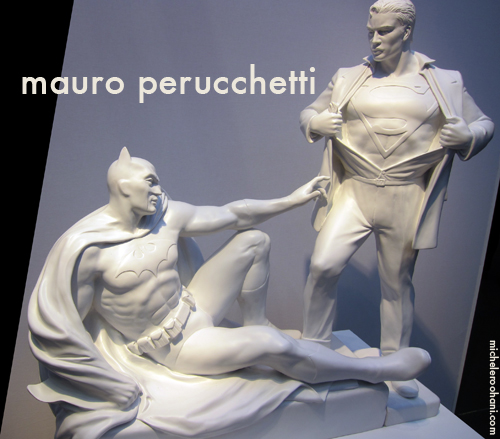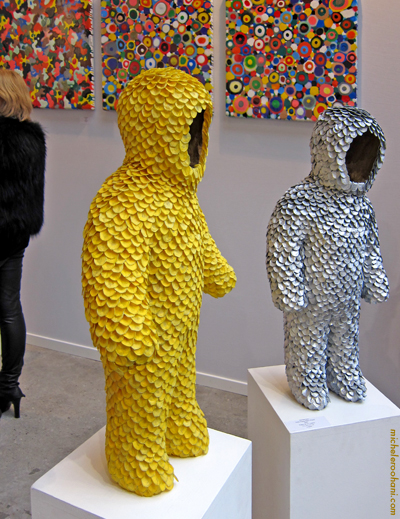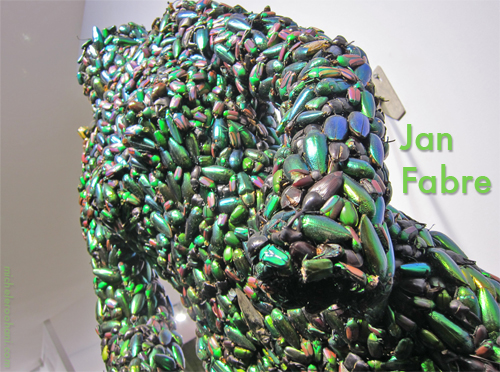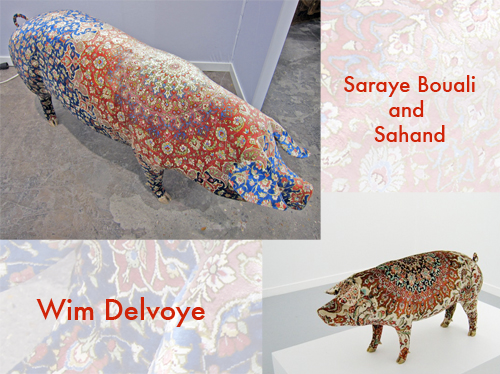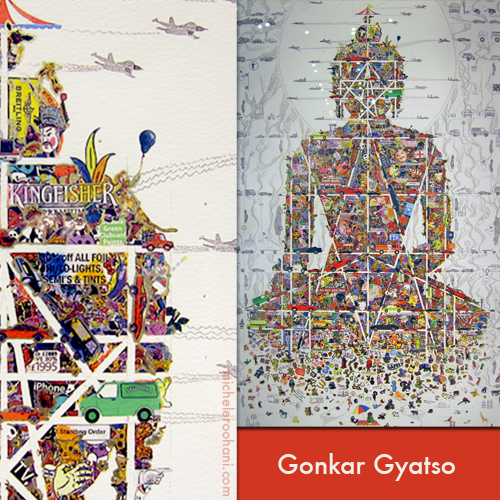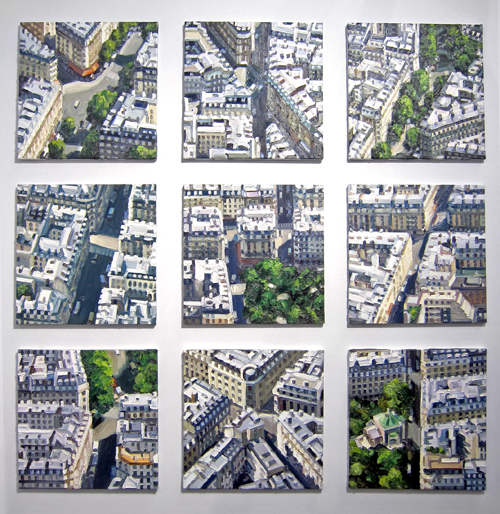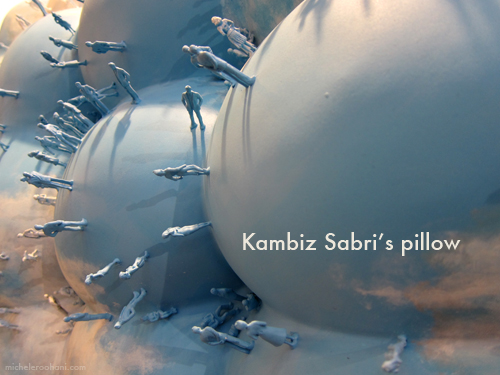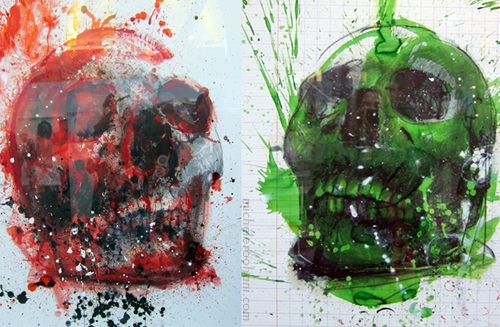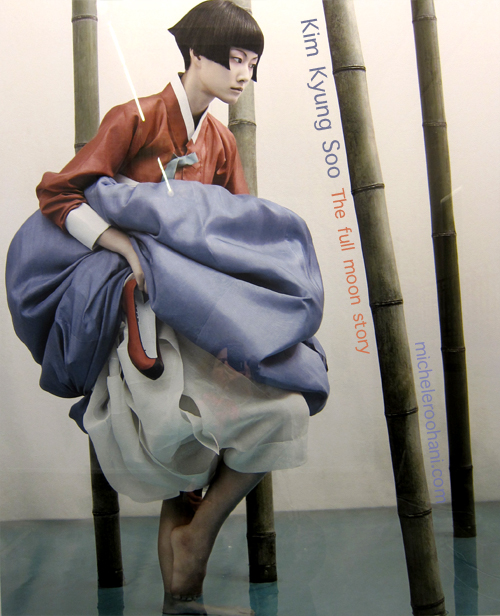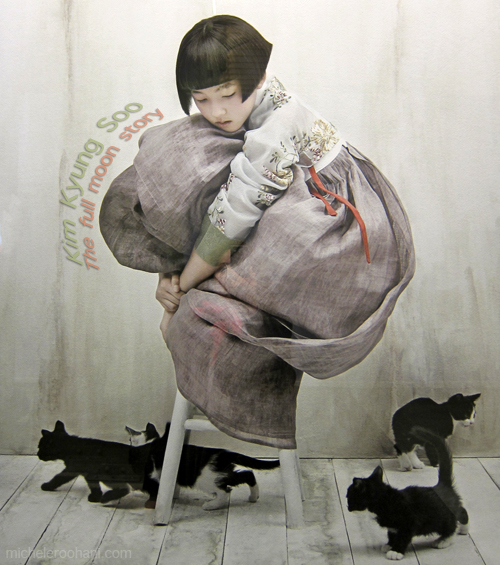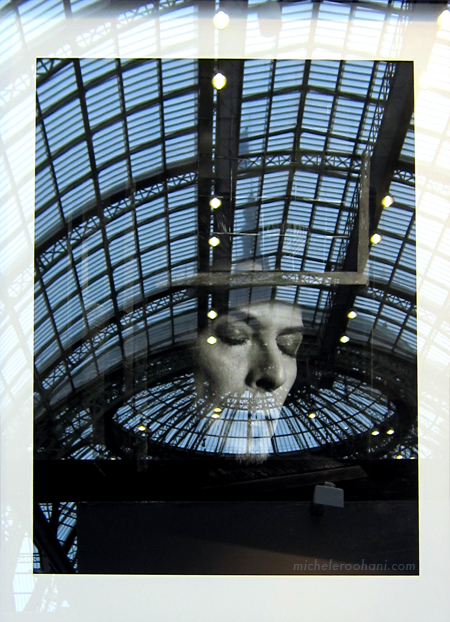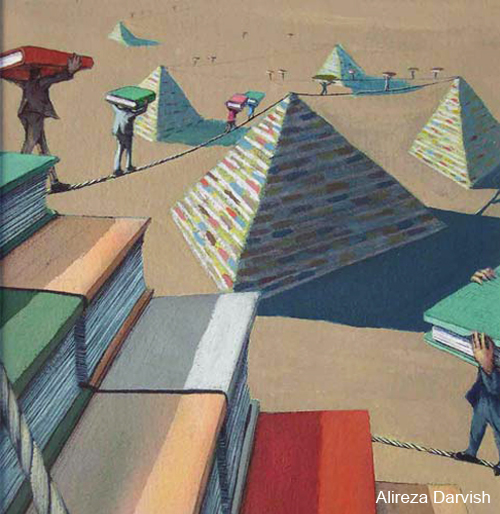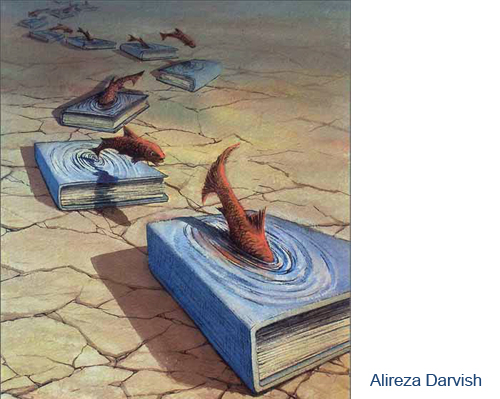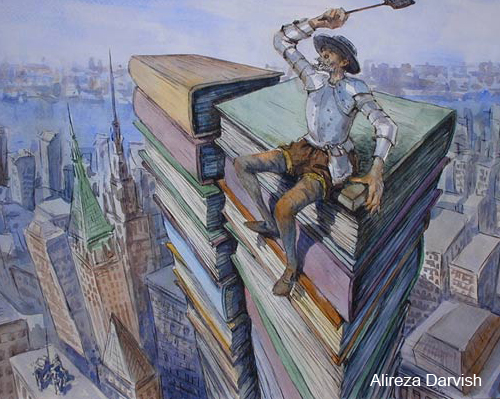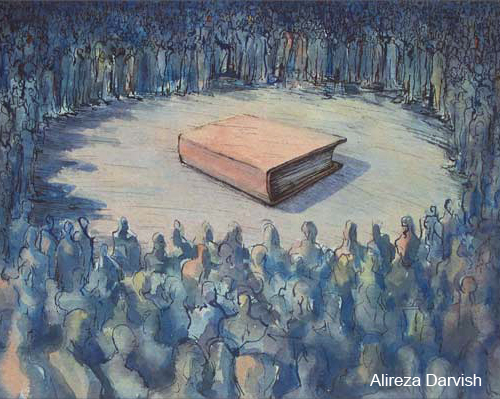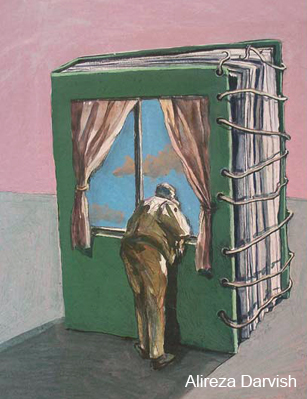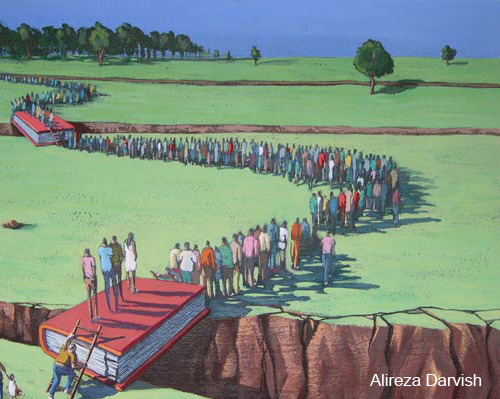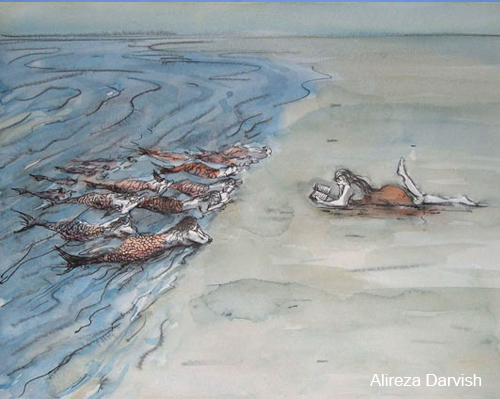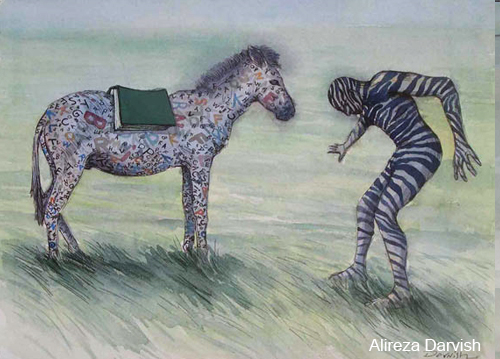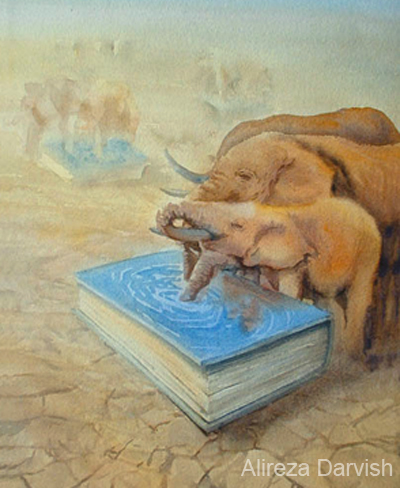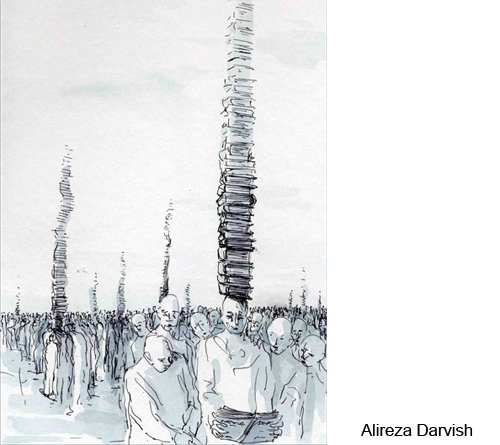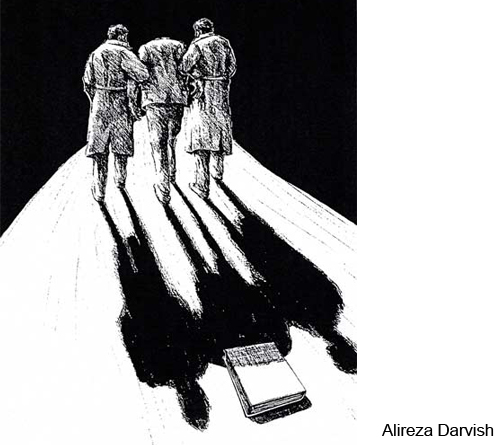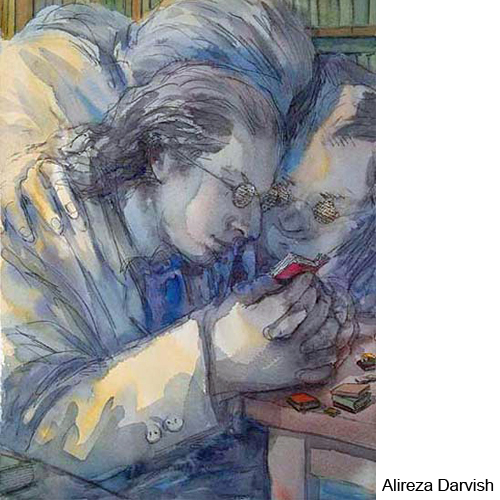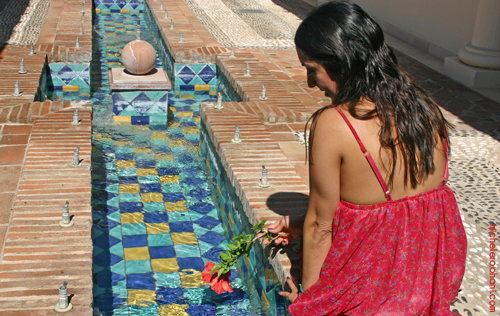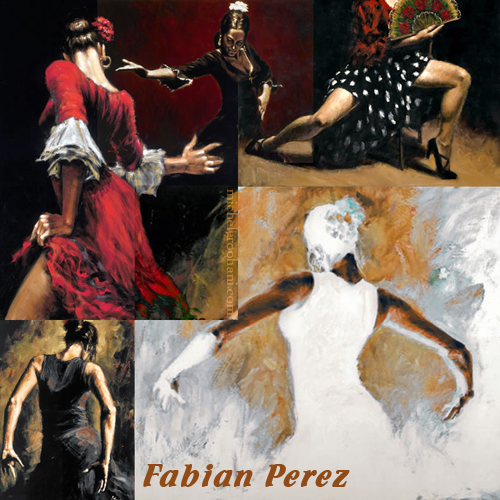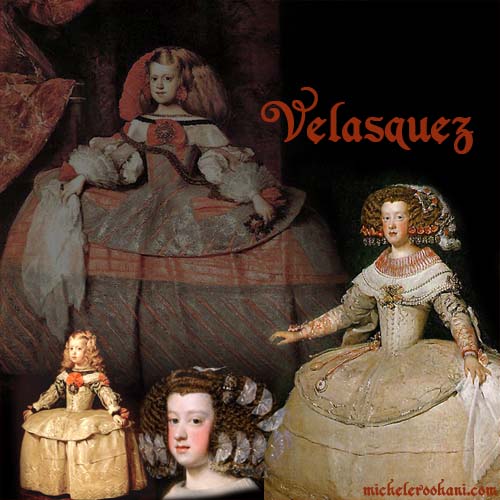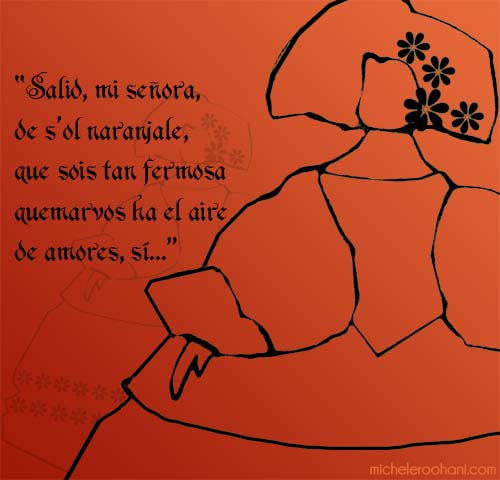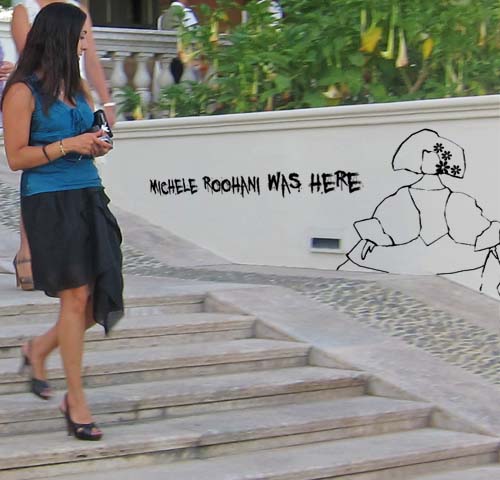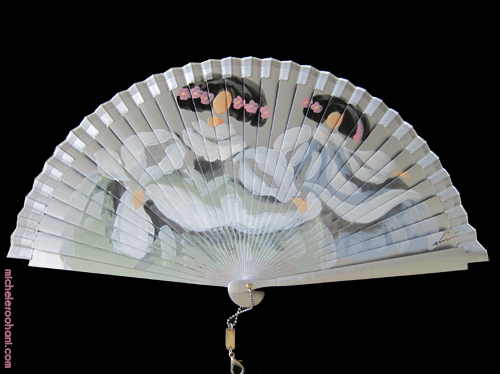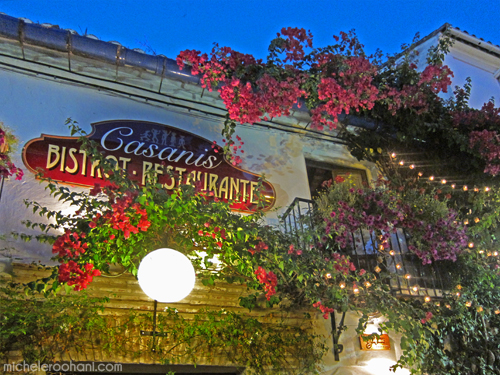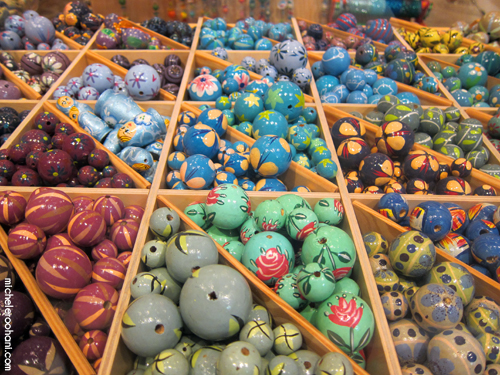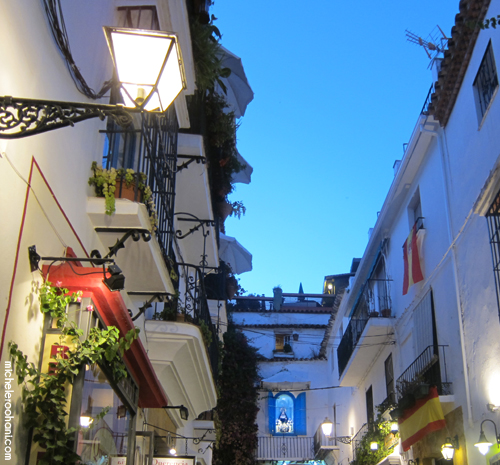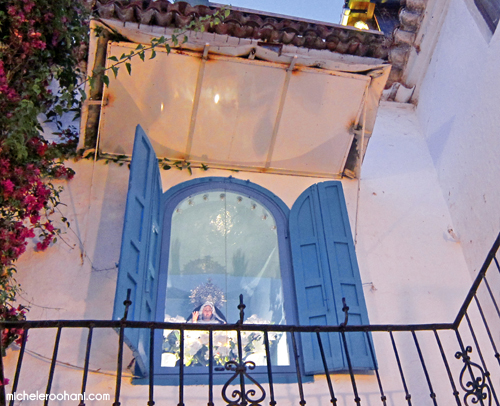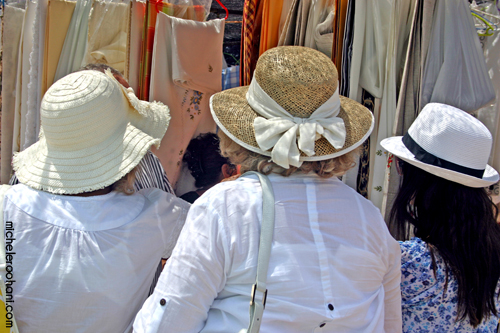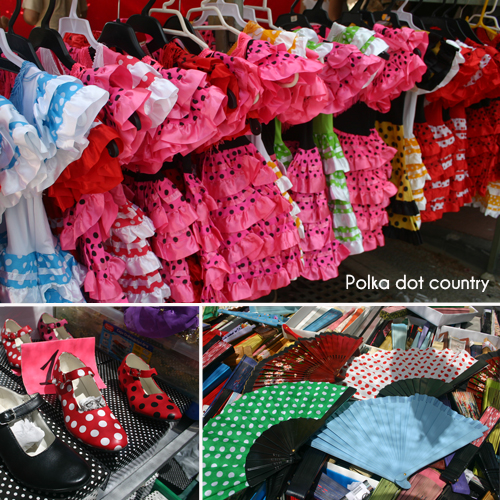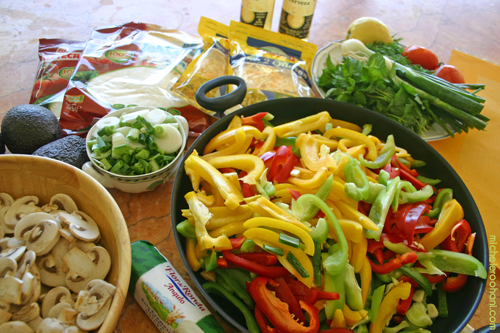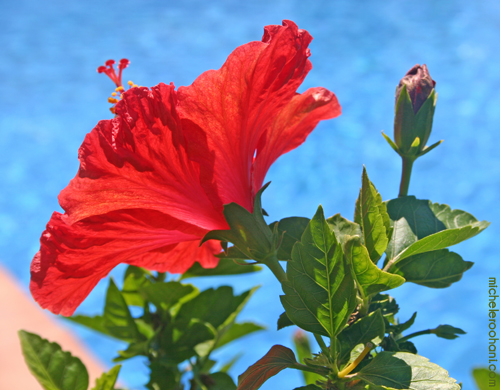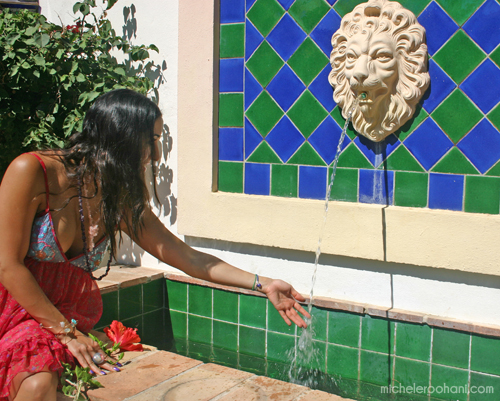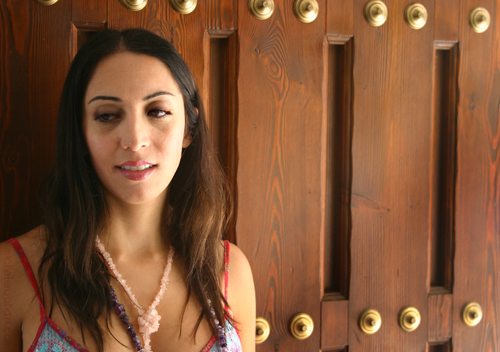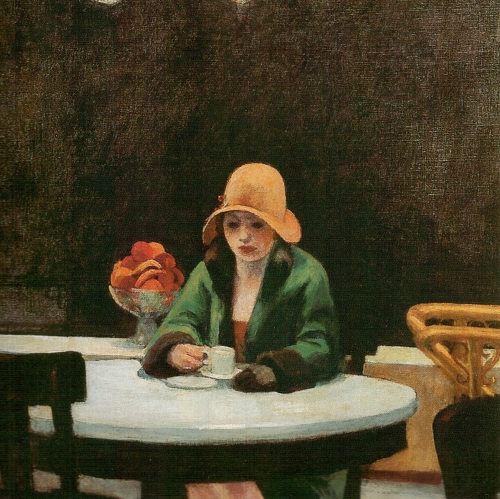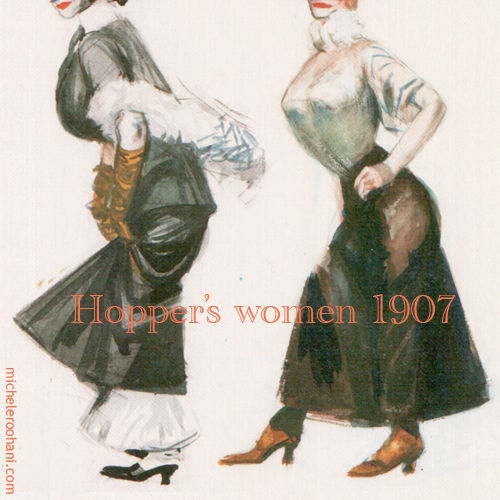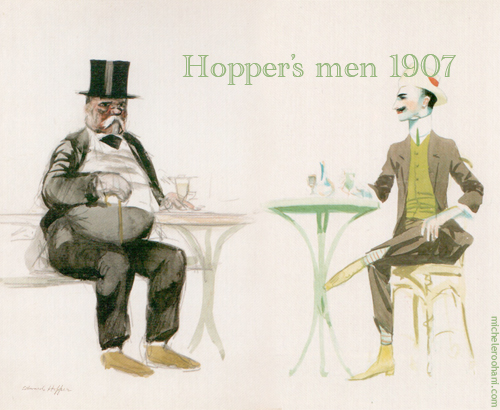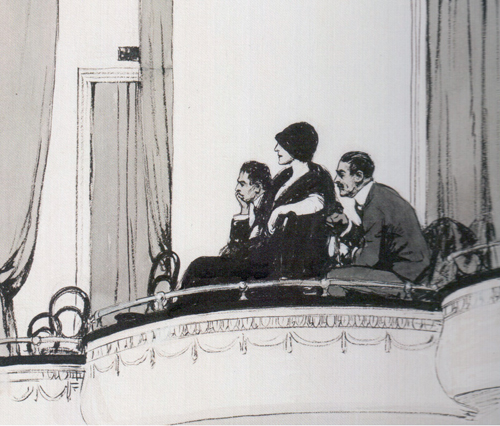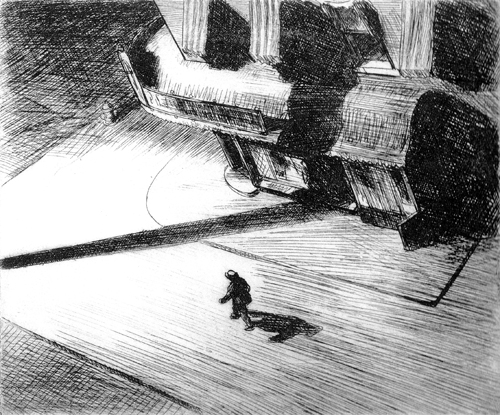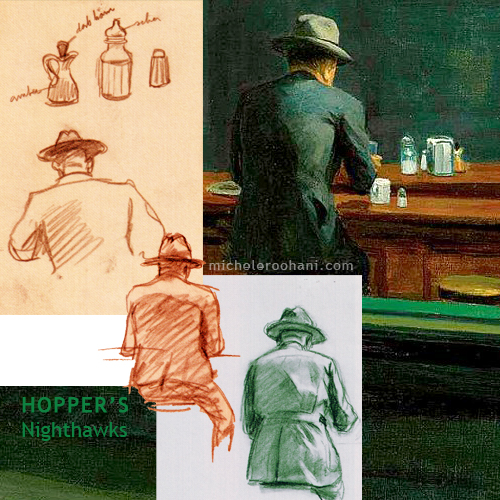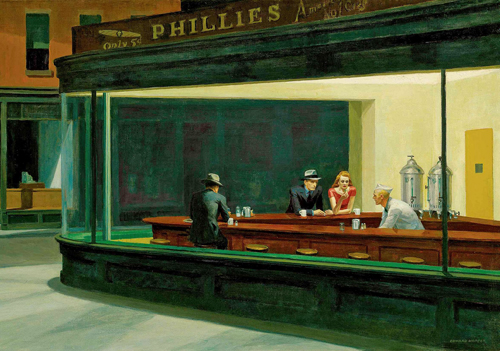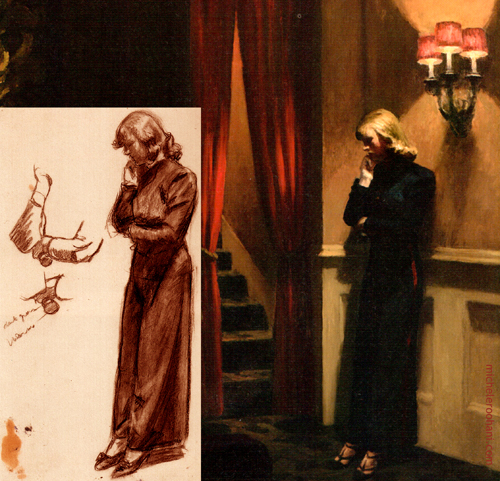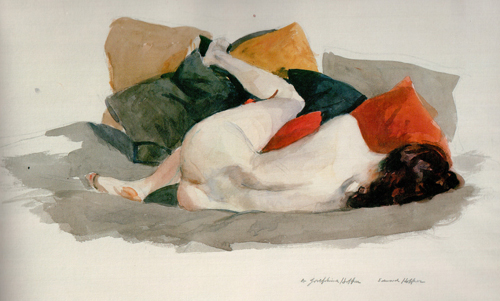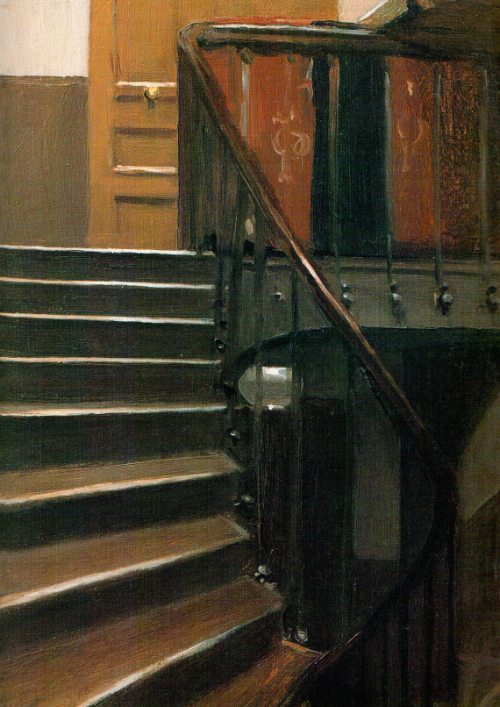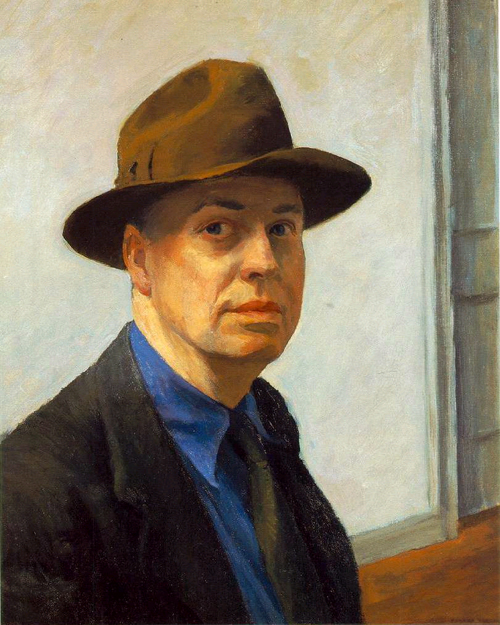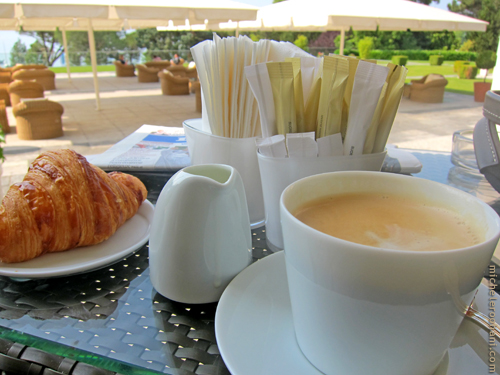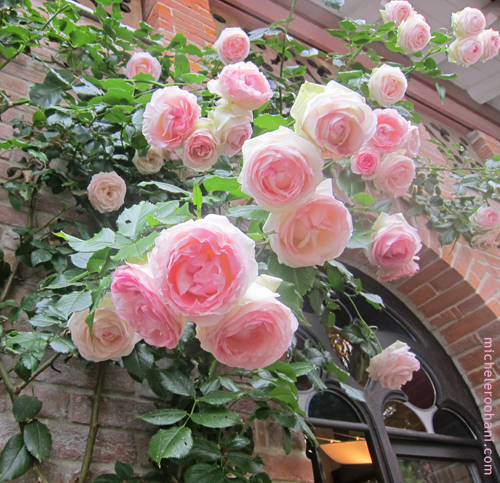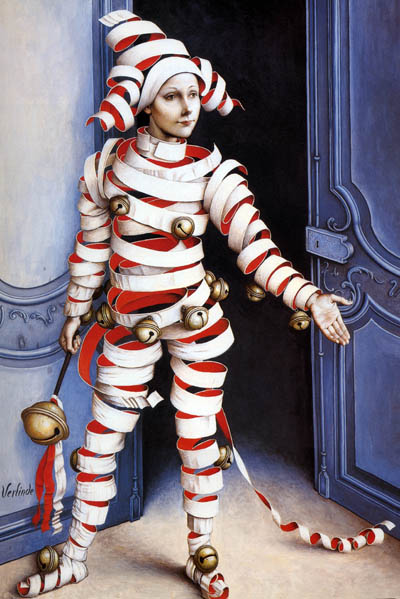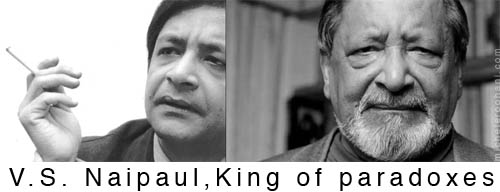This is one of the most beautiful renditions of my Persian name, Dordaneh (a unique pearl—dor: pearl, daneh: one, unique):
It was created for me some years ago by Nasrollah Afjei, the Iranian master painter calligrapher. I visited his most recent works at the Gallerie Nicolas Flamel in Paris some time ago; I felt a great sense of admiration and satisfaction in front of his beautiful canvases like this one:
 The following is one of his more recent ones from the “Siah Mashgh” series; as young students in Iran, we all had to practice our calligraphy with special pens and the exercises were called Siah Mashgh or the black homework because of the extra black ink!
The following is one of his more recent ones from the “Siah Mashgh” series; as young students in Iran, we all had to practice our calligraphy with special pens and the exercises were called Siah Mashgh or the black homework because of the extra black ink!
Even though Persian and Arabic use the same alphabet (Persian has 4 more letters than Arabic which has 28), the writing is way more beautiful and lends itself better to calligraphy. “Nas’taliq” is the most popular contemporary Persian calligraphy style.
The Persian script is exclusively written cursively: the majority of letters in a word connect to each other. A characteristic feature of this script, possibly tracing back to Ancient Egyptian hieroglyphs, is that much to the chagrin of foreigners vowels are underrepresented! It’s a bit like shorthand with consonants but mostly omitted vowels.
“In comparison to Europe and North America calligraphy is a far more popular and practiced form of art in Iran and in most other countries around this area. You can spot at least one piece of calligraphy hung on the walls of most Iranian households.”
Since the script is cursive, the appearance of a letter changes depending on its position: isolated, beginning (joined on the left), middle (joined on both sides), and end (joined on the right) of a word.
Afjei is a genius in morphing them into a beautiful image that is part painting and part calligraphy…
I am wondering how Mister Afjei would create his masterpieces had he to work with the old Persian Cuneiform!
For those of you who can still read Persian, here is the poem that Nasrollah Afjei painted/calligraphed for me from the 14th century Persian poet, Shah Nematollah Vali. The main verse where you find my name roughly means “each one of us has a beautiful unique pearl”:
و لیکن هر یکی از ما نکو دردانه ای داریم
اگر رندی و می نوشی بیا میخانه ای داریم
و گر تو عشق می بازی نکو جانانه ای داریم
اگر از عقل می پرسی ندارد نزد ما قدری
وگر مجنون همی جوئی دل دیوانه ای داریم
درین خلوتسرای دل نشسته دلبری با ما
هزاران جان فدای او که خوش میخانه ای داریم
تو گر گنجی همی جوئی در آ در کنج دل با ما
که گنج ما بود معمور و در ویرانه ای داریم
همه غرقیم و سرگردان درین دریای بی پایان
ولیکن هر یکی از ما نکو دُردانه ای داریم
چنین جائی که ما داریم به نزد او چه خواهد بود
برای شمع عشق او عجب پروانه ای داریم
Visit this great site for some amazing calligraphy here.


